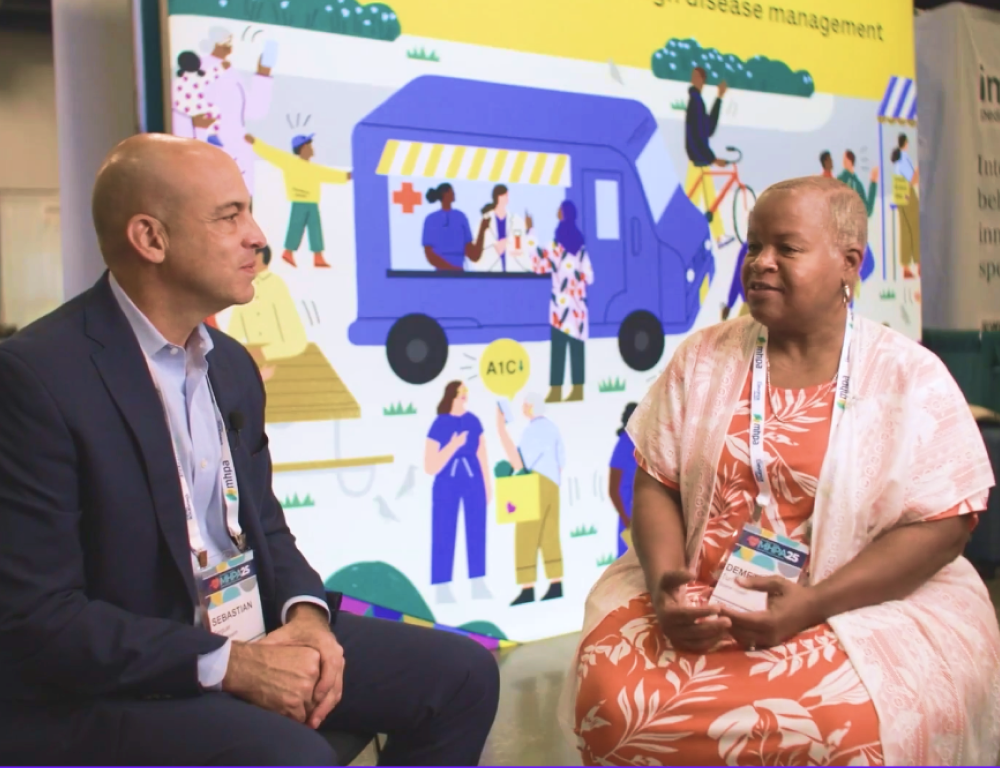Video DOT Implementation During COVID-19 - Three Lessons Learned

emocha Health is now Scene Health. Learn more about our rebrand at www.scene.health/rebrand
In the past two years, a number of forces have united to accelerate the adoption of Video Directly Observed Therapy (video DOT).
First, U.S. and international guidance for TB treatment and case management increasingly support video DOT. WHO recognizes the importance of daily therapy, and direct observation is considered superior to self-administered therapy.
Second, health departments relied heavily on video DOT to meet social distancing requirements of the pandemic, and they found patients like it.
Finally, the movement towards patient-centered, less stigmatizing care provides another reason for health departments to adopt video DOT.
During a World TB Day 2022 webinar sponsored by emocha Health, Dr. Maunank Shah, Medical Director for the Baltimore City Tuberculosis Program & Associate Professor of Infectious Diseases and Epidemiology at Johns Hopkins School of Medicine, and Rebecca Bohr, RN, PHN, Tuberculosis Program Manager at Hennepin County Public Health, discussed new evidence supporting video DOT and lessons learned by a busy county health department in implementing video DOT during the COVID-19 pandemic.
Right away, within a two-week timeframe, we converted most of our people from in-person DOT to video DOT.
-Rebecca Bohr, Hennepin County Public Health
Below are three key findings from the conversation:
1. The evidence and recommendations for video DOT are strong and growing
In one recent randomized control trial, providers set a goal of observing 80% of administered doses of TB medication. They found 70% of patients on video DOT achieved the goal, versus 63% of the patients on in-person DOT. Video DOT is a more effective method than DOT for observing TB treatment, researchers concluded in the study published in The Lancet in 2019.Dr. Manaunk Shah also shared a 2017 update from WHO on guidelines for the treatment of drug-susceptible TB. Under the category of treatment administration, WHO states: “Video observed treatment (VOT) may replace DOT when the video communication technology is available and it can be appropriately organized and operated by health care providers and patients.”
2. The full transition from in-person to video DOT can happen in a month
The Hennepin County public health department was in the process of carefully introducing video DOT when the pandemic hit. “We very, very, very quickly pivoted to enrolling as many people on video DOT as possible,” said Rebecca Bohr. “Right away, within a two-week timeframe, we converted most of our people from in-person DOT to video DOT.”
3. Patients of all ages and cultural backgrounds can use this technology
Bohr said that health department staff were initially skeptical that patients could handle the technology. But the staff were surprised. “We had a 90-year-old patient who didn’t speak a word of English, and was able to do video DOT because they lived with others in the household with a cell phone,” Bohr said. Others non-English speakers mastered the technology with just one training session. “It was really a learning experience for us that our patients can do this,” she said.






.png)

